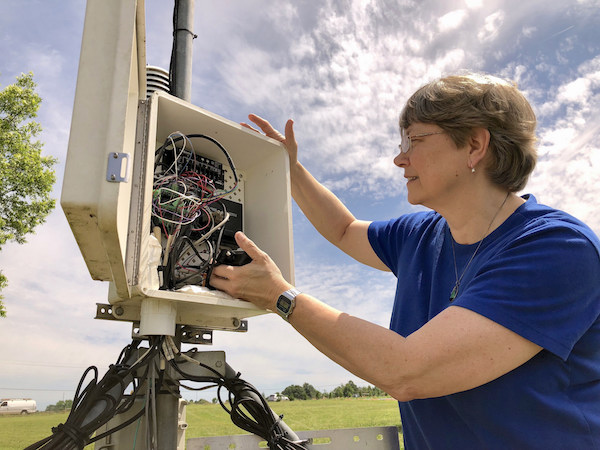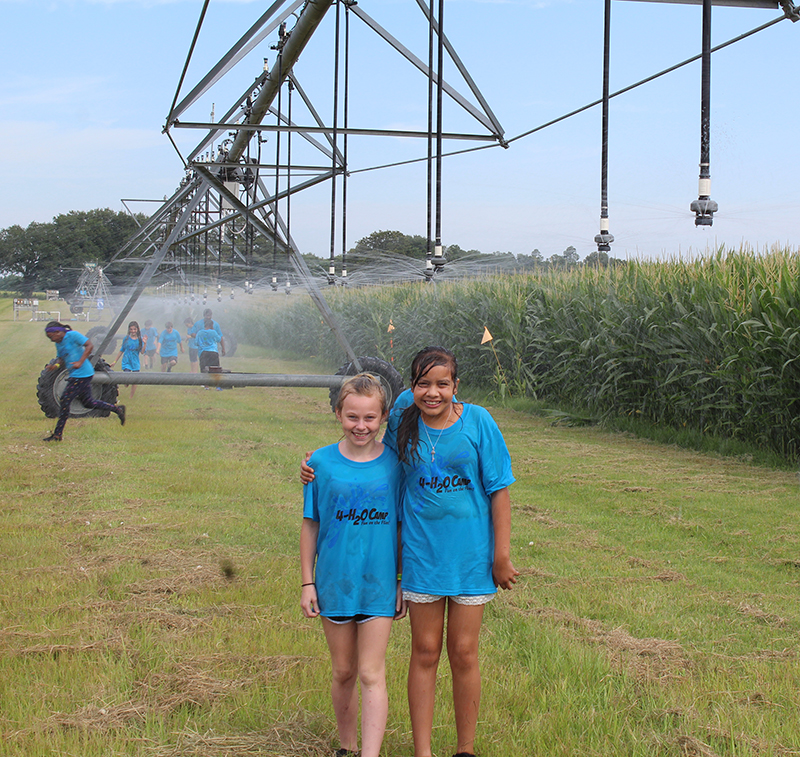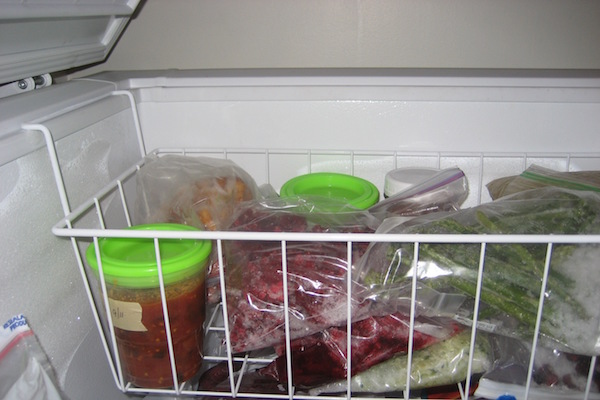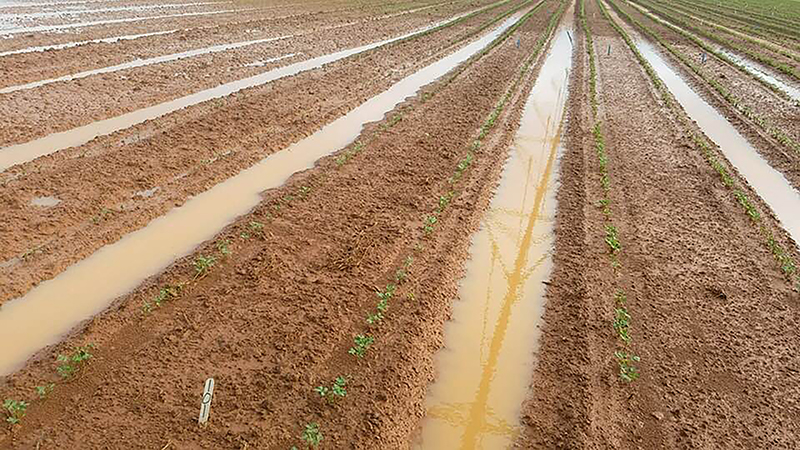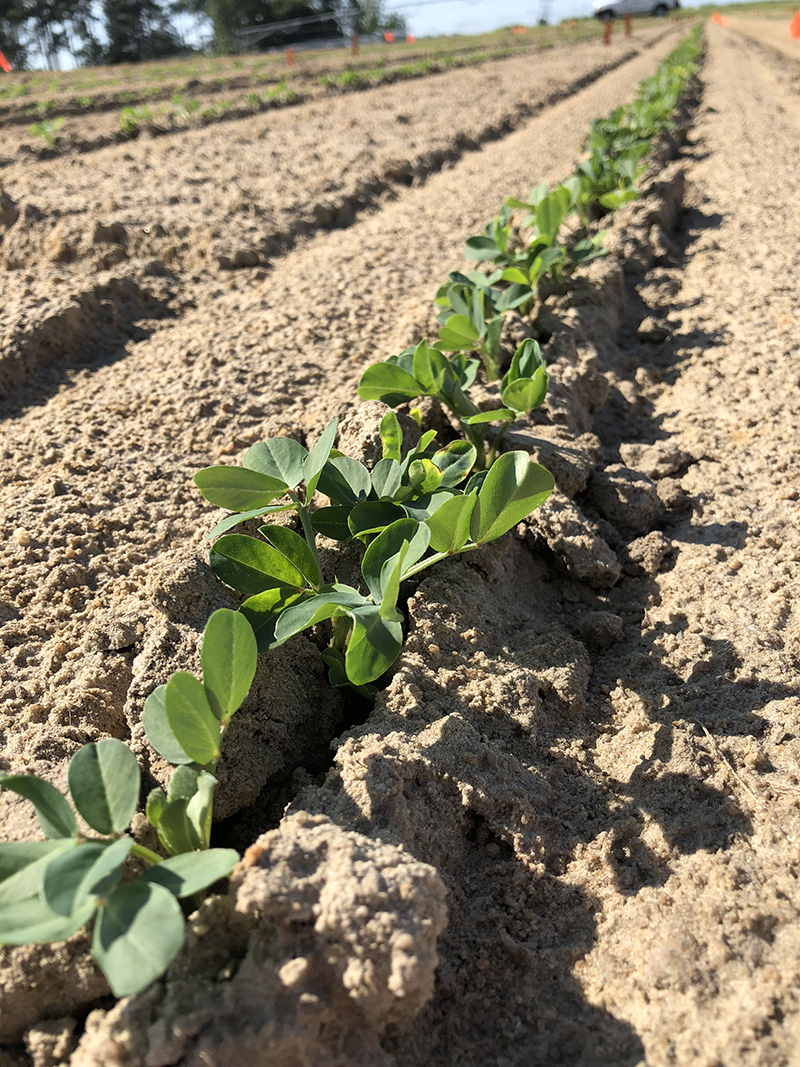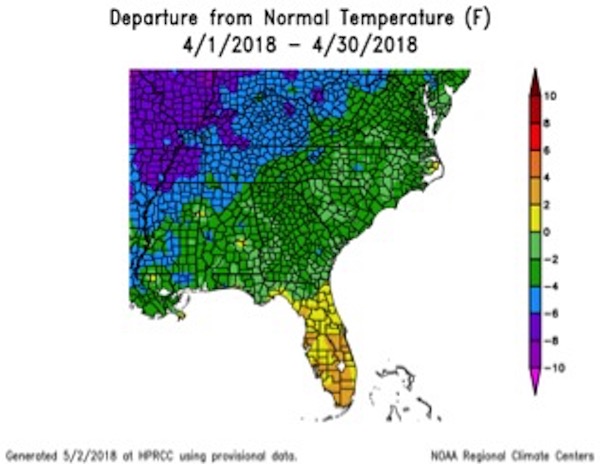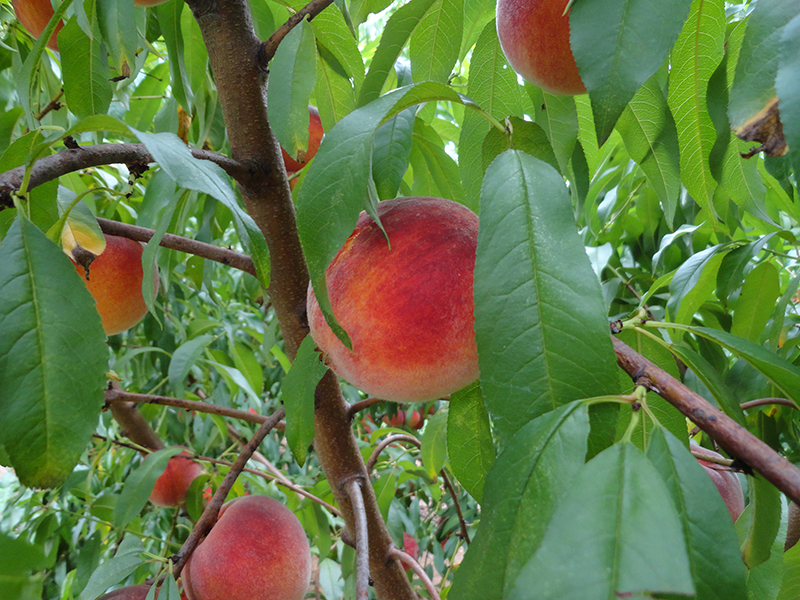 CAES News
CAES News
Peach Crop
Last year’s summer peach crop was disastrous, but Georgia’s peach crop rebounded this summer following colder temperatures in December and January, according to Jeff Cook, University of Georgia Cooperative Extension Agriculture and Natural Resources agent for Taylor and Peach counties.

